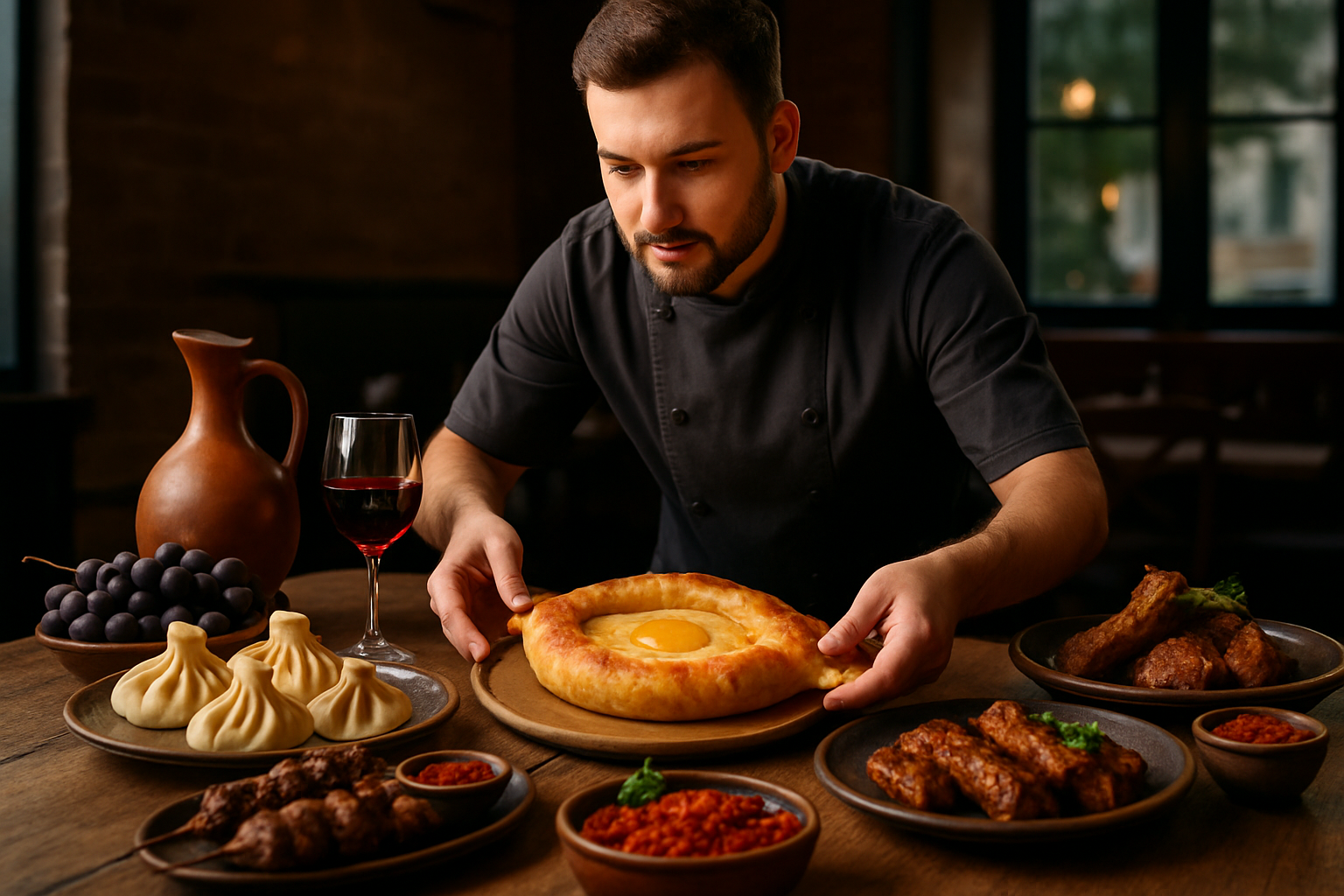Culinary Diplomacy: Bridging Cultures Through Shared Meals
The art of culinary diplomacy is transforming international relations, one dish at a time. This innovative approach to fostering cross-cultural understanding leverages the universal language of food to build bridges between nations, communities, and individuals. From state dinners to grassroots initiatives, culinary diplomacy is emerging as a powerful tool for promoting peace, empathy, and global cooperation. Read below to explore how this delectable form of soft power is reshaping our world.

The Historical Roots of Food in Diplomacy
The use of food as a diplomatic tool is not a new phenomenon. Throughout history, shared meals have played a crucial role in negotiations, peace talks, and cultural exchanges. Ancient civilizations often used feasts to showcase their wealth and power, while also fostering goodwill among potential allies or adversaries.
In more recent times, the power of culinary diplomacy became evident during the Cold War era. The famous “Kitchen Debate” between U.S. Vice President Richard Nixon and Soviet Premier Nikita Khrushchev in 1959 took place in a model American kitchen, highlighting how domestic technologies and culinary practices could be used to showcase national values and achievements.
The Rise of Modern Culinary Diplomacy
The concept of culinary diplomacy as we know it today began to take shape in the early 21st century. Thailand’s Global Thai program, launched in 2002, is often cited as one of the first formal gastrodiplomacy initiatives. The program aimed to increase the number of Thai restaurants worldwide, promoting Thai cuisine as a way to enhance the country’s cultural soft power.
Since then, numerous countries have embraced culinary diplomacy as part of their public diplomacy efforts. South Korea’s Kimchi Diplomacy, Peru’s Cocina Peruana para el Mundo, and Japan’s Washoku World Challenge are just a few examples of how nations are leveraging their culinary heritage to enhance their global image and foster international goodwill.
The Multifaceted Impact of Culinary Diplomacy
Culinary diplomacy operates on multiple levels, from high-profile state dinners to grassroots cultural exchanges. At the governmental level, carefully curated menus can send powerful messages about a nation’s values, traditions, and openness to cultural exchange. For example, when South Korean President Moon Jae-in hosted North Korean leader Kim Jong-un in 2018, the menu featured dishes from both Koreas, symbolizing the hope for reunification.
On a broader scale, culinary diplomacy initiatives can have significant economic and cultural impacts. They can boost tourism, increase demand for a country’s food products, and create new avenues for cultural exchange. Moreover, these initiatives often lead to increased interest in a nation’s language, arts, and traditions, fostering a more comprehensive cultural understanding.
Grassroots Gastrodiplomacy: A People-to-People Approach
While government-led initiatives play a crucial role, some of the most impactful forms of culinary diplomacy occur at the grassroots level. Community-based programs, such as cooking classes, food festivals, and cultural exchange dinners, allow individuals to experience different cultures firsthand through food.
These experiences can challenge stereotypes, promote empathy, and create lasting connections between people from diverse backgrounds. For instance, initiatives like Conflict Kitchen in Pittsburgh, which served cuisine from countries in conflict with the United States, demonstrated how food could be used to spark conversations about complex geopolitical issues.
The Future of Culinary Diplomacy in a Globalized World
As our world becomes increasingly interconnected, the potential for culinary diplomacy to foster cross-cultural understanding continues to grow. Social media and digital platforms have created new opportunities for sharing culinary traditions and experiences globally, allowing even small communities to participate in cultural exchanges.
Looking ahead, experts predict that culinary diplomacy will play an increasingly important role in addressing global challenges. Food-related issues, such as sustainability, food security, and the preservation of culinary heritage, offer common ground for international cooperation and dialogue.
Moreover, as the world grapples with complex issues like climate change and social inequality, the shared experience of food can serve as a powerful reminder of our common humanity. By breaking down barriers and fostering connections through shared meals, culinary diplomacy has the potential to contribute to a more peaceful and understanding world, one bite at a time.





